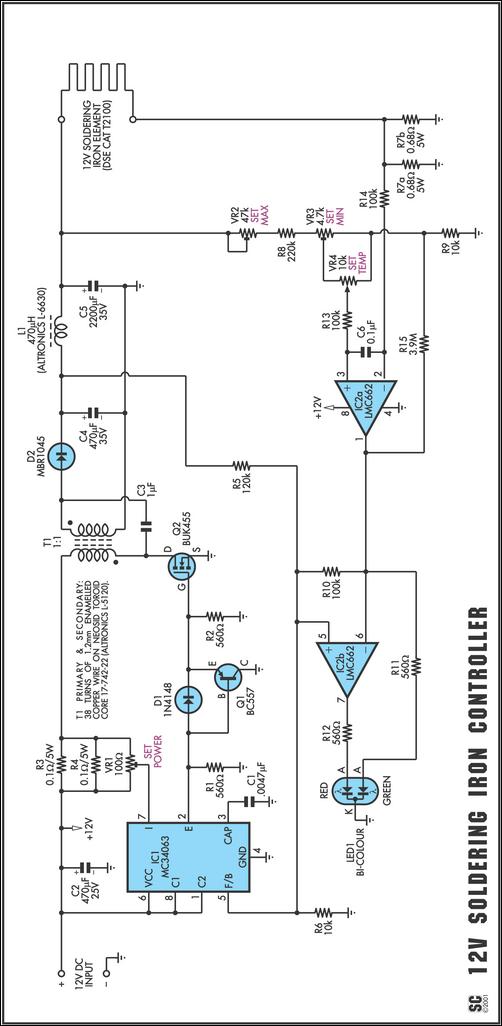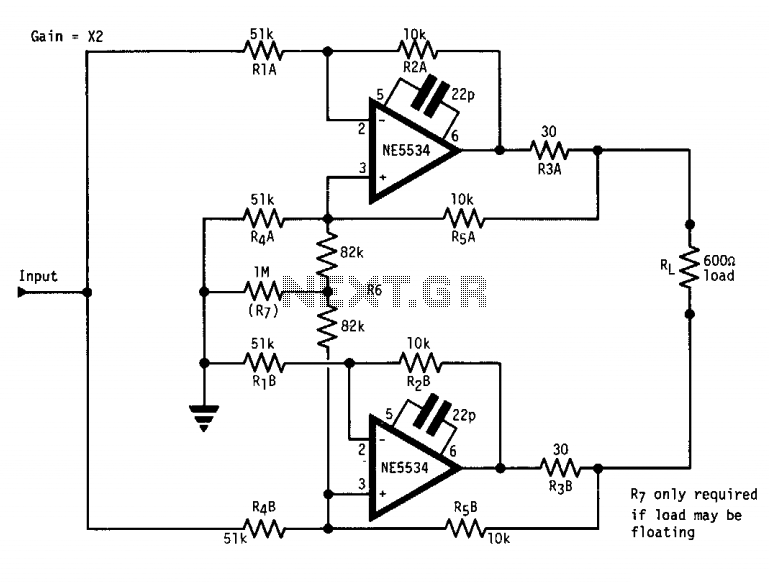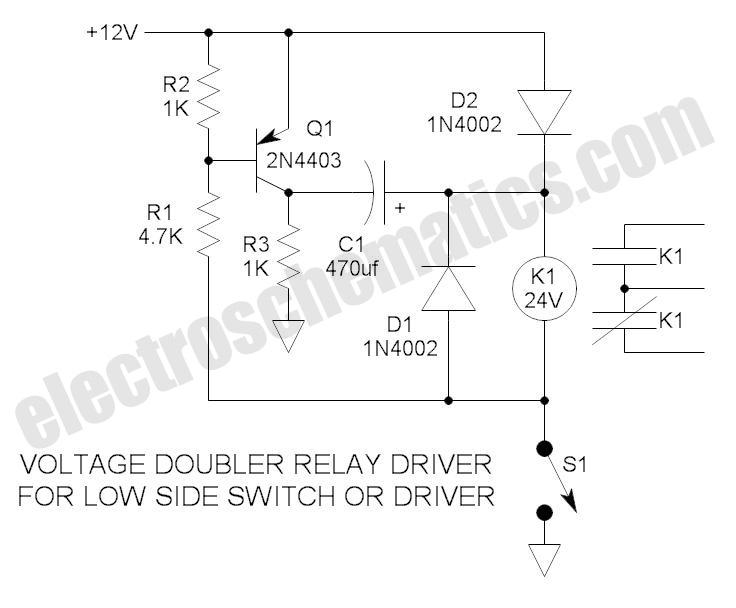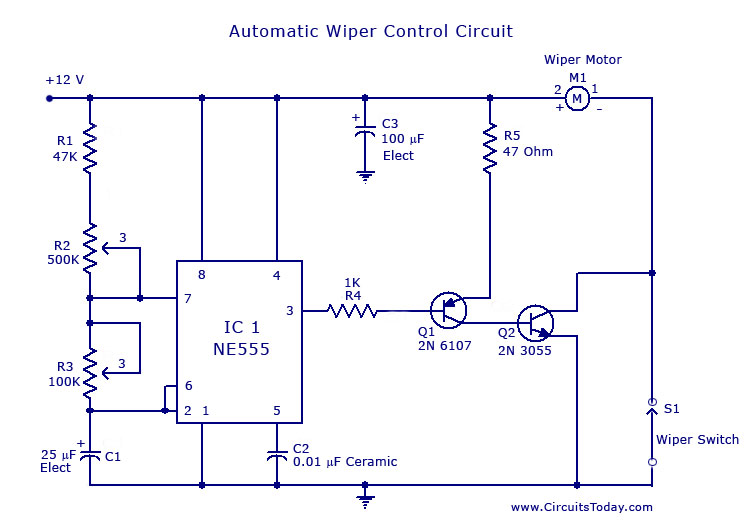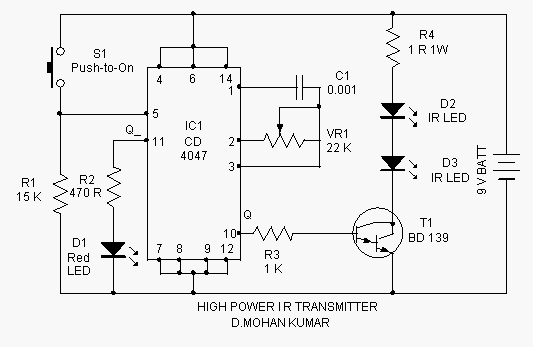
Offline High Brightness LED Driver Evaluation Board Using FAN7554
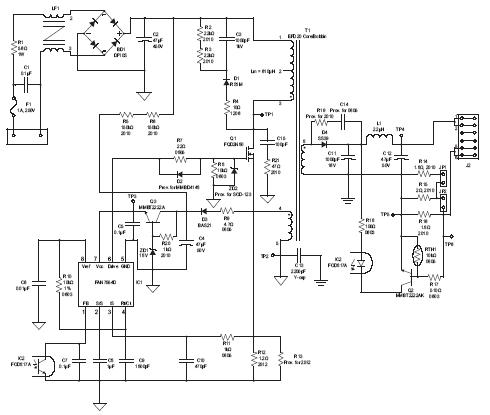
A high brightness LED evaluation board has been developed using the Fairchild Semiconductor FAN7554D PWM controller.
The evaluation board for high brightness LEDs incorporates the Fairchild Semiconductor FAN7554D PWM controller, which is designed to provide efficient power management and precise control over LED brightness. This system operates by modulating the duty cycle of the PWM signal to adjust the current flowing through the LEDs, thereby achieving desired luminosity levels while minimizing energy consumption.
The FAN7554D features a wide input voltage range, making it suitable for various power supply configurations. Its integrated feedback mechanism ensures stable operation under varying load conditions, which is critical for maintaining consistent LED performance. Additionally, the controller includes protections against over-voltage, over-current, and thermal shutdown, enhancing the reliability of the LED system.
The evaluation board is typically equipped with multiple LED outputs, allowing for the testing of different LED configurations and brightness levels. It may also include various components such as resistors, capacitors, and inductors that optimize the PWM signal and improve the overall efficiency of the circuit. The layout of the board is designed to minimize electromagnetic interference and ensure proper thermal management, which is essential for high-power LED applications.
In summary, the use of the FAN7554D PWM controller in a high brightness LED evaluation board facilitates a versatile platform for assessing LED performance in various applications, ranging from general lighting to specialized illumination tasks.A high brightness LED evaluation board has been developed using the Fairchild Semiconductor FAN7554D PWM controller 🔗 External reference
The evaluation board for high brightness LEDs incorporates the Fairchild Semiconductor FAN7554D PWM controller, which is designed to provide efficient power management and precise control over LED brightness. This system operates by modulating the duty cycle of the PWM signal to adjust the current flowing through the LEDs, thereby achieving desired luminosity levels while minimizing energy consumption.
The FAN7554D features a wide input voltage range, making it suitable for various power supply configurations. Its integrated feedback mechanism ensures stable operation under varying load conditions, which is critical for maintaining consistent LED performance. Additionally, the controller includes protections against over-voltage, over-current, and thermal shutdown, enhancing the reliability of the LED system.
The evaluation board is typically equipped with multiple LED outputs, allowing for the testing of different LED configurations and brightness levels. It may also include various components such as resistors, capacitors, and inductors that optimize the PWM signal and improve the overall efficiency of the circuit. The layout of the board is designed to minimize electromagnetic interference and ensure proper thermal management, which is essential for high-power LED applications.
In summary, the use of the FAN7554D PWM controller in a high brightness LED evaluation board facilitates a versatile platform for assessing LED performance in various applications, ranging from general lighting to specialized illumination tasks.A high brightness LED evaluation board has been developed using the Fairchild Semiconductor FAN7554D PWM controller 🔗 External reference
